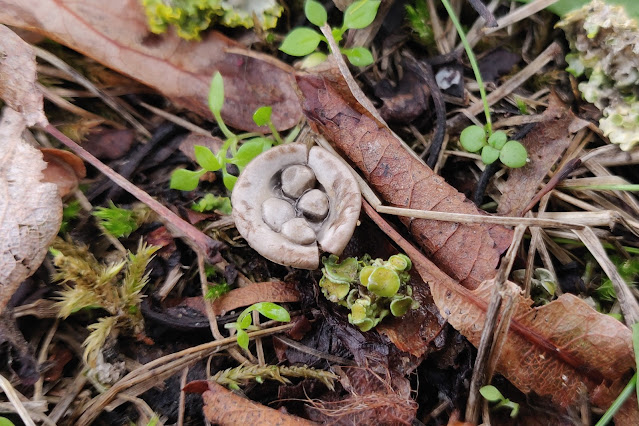22nd November 2022. Granta Park hosted a lunchtime Woodland Walk, led by Iain Webb from the Wildlife Trust, and Andy M went along.
There were so many fascinating things to see, augmented by wonderfully entertaining snippets of information from Iain, but it was the many types of small fungi that really caught the group's attention - many of which had remarkably descriptive, if occasionally slightly macabre, common names.
Candle snuff fungus
Candle snuff fungus
Slimy Waxcap fungus
Common Bird's Nest fungus
Witches' Butter (not actually a fungus)
White Brain fungus
Yellow Brain fungus
Jelly Ear fungus
Jelly Ear fungus
Jelly Ear fungus
A bracket fungus, maybe Turkeytail fungus
Alfred's Cakes fungus
A flat, spreading fungus - likely one of the Resupinate fungus species
Golden Waxcap (maybe)
larger unknown toadstool
larger unknown toadstool
Puffball (maybe)
Many thanks to Iain Webb for a fascinating hour, and to Elly for organising it.

















No comments:
Post a Comment